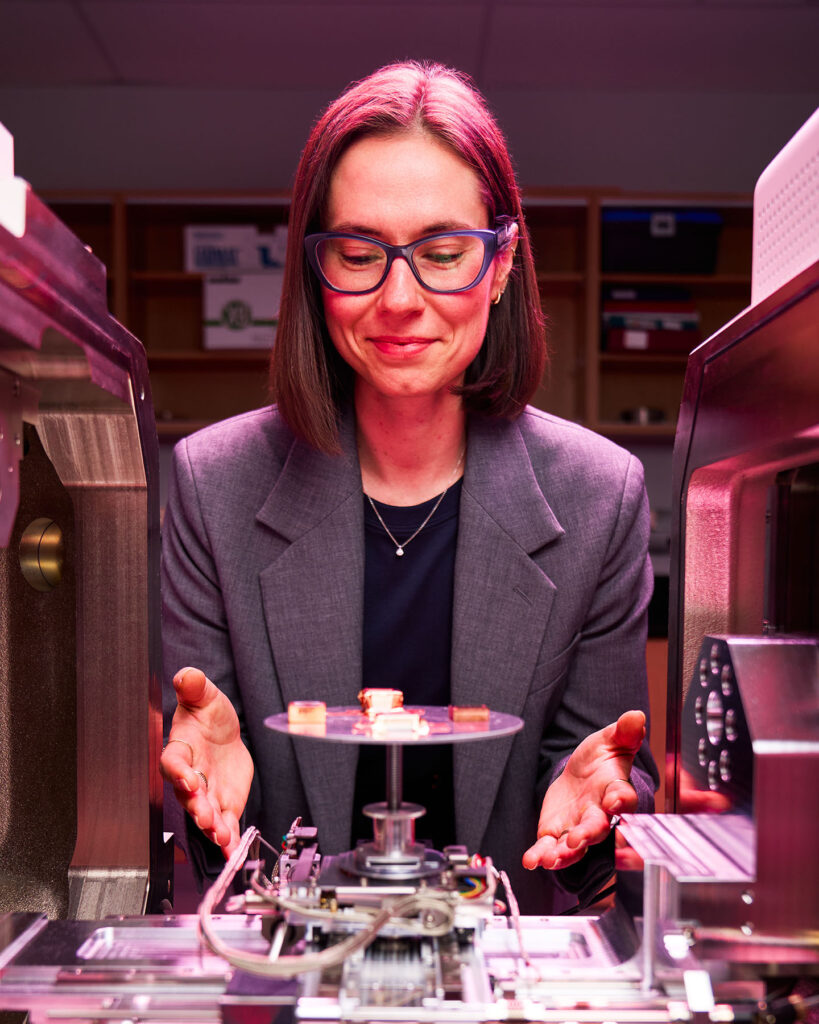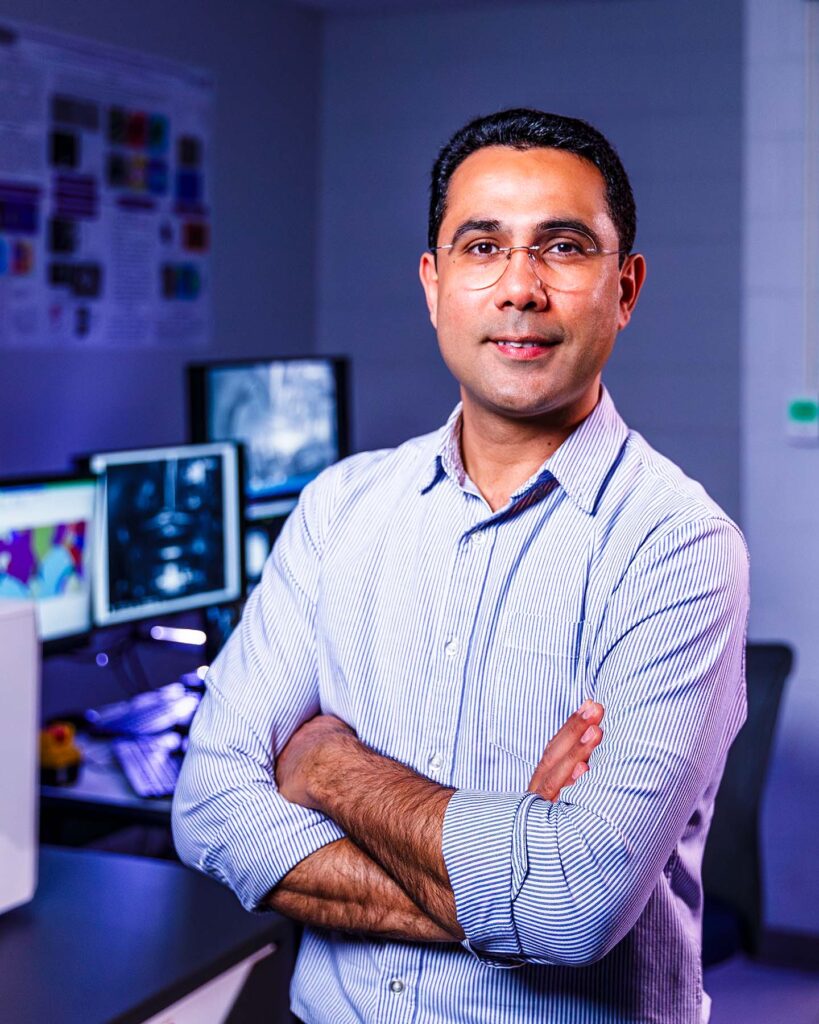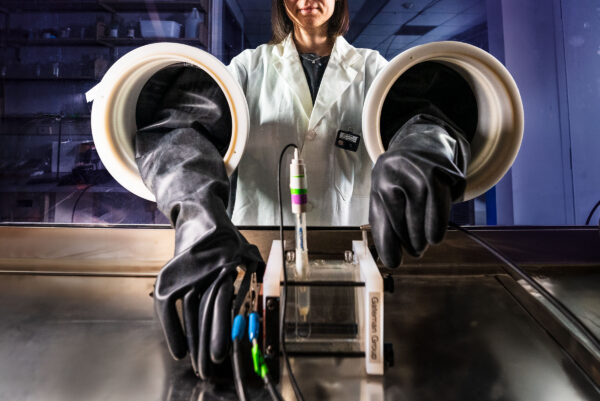The acclaimed animated sitcom The Simpsons, winner of 37 Emmys and two Peabody Awards, has predicted everything from smartwatches to faulty voting machines over the past 35 years. And yet, despite serving as pop culture’s most proficient prognosticator, creator Matt Groening may have made a historical misstep for the hit TV show. He had patriarch Homer Simpson employed as a safety inspector at Springfield Nuclear Power Plant instead of an oil refinery since the U.S. was—and remains—far more reliant on gasoline than isotopes.
Or maybe he didn’t. The Simpsons captured the zeitgeist of the average American viewer while presenting a satirical snapshot of life in America. And big oil just doesn’t convey the sense and sensibility of The Simpsons quite like the Cold War doom and gloom of nuclear energy.
“Why does Homer work at a nuclear power plant? Wouldn’t it be more appropriate for him to work at an oil refinery, and, honestly, more in character for Mr. Burns to be an oil magnate?” says Robert MacDougall, a Western history professor who specializes in the history of science and technology in the United States. “It speaks to the show launching in the 1980s, and Groening being a baby boomer born in the 1950s with an anti-nuclear mindset. Barrels of glowing green radioactive waste were such a symbol of pollution and a decade after the Three Mile Island accident, we were still asking ourselves, what are we doing with nuclear energy?”

At Western, Hamid Abdolvand and Samantha Gateman are working to answer that very question.
Abdolvand, Canada Research Chair in Advanced Materials for Low-Emission Energies, and Gateman, the Nuclear Waste Management Organization (NWMO) Industrial Research Chair, are developing new technologies for safe production of nuclear energy and secure storage of spent fuel, respectively, with a focus on small modular reactors (SMR s). Currently only operating in China and Russia, SMR s are smaller and theoretically safer than traditional nuclear power reactors but still generate about one-third the power capacity.
SMR nuclear projects are growing more popular in countries looking to generate clean energy, with Canada, the U.S., the U.K., Poland and South Korea all building SMR nuclear projects. The Ontario government is constructing four SMR s at the Darlington Nuclear Station in Bowmanville, which are expected to come online between 2034 and 2036. These new SMR s will produce 1,200 megawatts of electricity, equivalent to powering 1.2 million Ontario homes.
Gateman understands why some people may be hesitant to embrace nuclear energy and even launch “not in my backyard” campaigns in communities being considered for future builds, but she believes the world is hurting—and safe, clean nuclear energy can help it heal.
“I don’t know how much the general public actually knows about nuclear energy that they haven’t learned from television and movies,” says Gateman, a chemistry professor and expert in electrochemistry and corrosion science. “About 60 per cent of electricity in Ontario already comes from nuclear reactors, which is close to 15 per cent of the electricity for all of Canada. Nuclear energy is here to stay, and we need to ensure the safe disposal of the fuel once it is used.”
To make storage safer, Gateman and her collaborators, Surface Science Western director Mark Biesinger, chemistry professor Jamie Noel and researchers from Queen’s University, are exploring how different spent nuclear fuels impact the physical containers being designed by the NWMO.
“Corrosion is a natural process, and materials will always interact with their environment and degrade over time. Unfortunately, we aren’t very good at hypothesizing how long materials will last,” says Gateman. “Instead of it just being a natural life cycle, we need to look at how long these storage containers are actually going to last and provide systematic methods to ensure we have confidence in those predicted lifespans, thereby safeguarding the environment and people around them.”
Timing is everything, and Gateman and her collaborators are working to solve a major problem before it actually becomes one.
“We have a unique opportunity because we don’t have to wait for the used fuel to be an issue before we begin this research. Canada is on the brink of having SMR s generating some of its energy and the timing of our project helps us understand what we should do with the used fuel from those SMR s before the used fuel even exists,” says Gateman.
These technological advancements and efforts to make nuclear energy safer are critical for reducing the world’s reliance on fossil fuels, by far the largest contributor to climate change. So, despite nearly 75 years of bombastic headlines (fueled further by last summer’s blockbuster movie Oppenheimer about the father of the atomic bomb) Gateman knows the work must go on.
“When it comes to disseminating our research findings, we may face stigma based on truth and lies about nuclear energy, but we can’t let that deter us,” she says. “And that’s because our research is so important. It’s rewarding to know we’re ensuring the safety of clean energy around the world.”
Yet, it’s no surprise that not everyone in the world agrees, with some countries and governments opposing nuclear energy.
“We still need to convince people that nuclear energy is a possible option,” says Abdolvand, a Western engineering professor who specializes in deformation and failure of metals and alloys, like steel. “It depends on so many things, like education, media, history, demographics and the country itself.”

It’s a tricky problem. If you don’t have electricity, your hospitals and schools don’t have power. But if that power is causing irreparable harm to the environment, wildlife and the entirety of humankind, what’s the point? Generating energy is critical to survival. And making sure that energy is clean is equally important. And yet, despite these hard facts, Abdolvand, like Gateman, understands the trepidation.
“People often leap from nuclear energy to nuclear bombs, and these are two very different things. Yes, there have been accidents over the past 50 years, terrible disasters, but they are not common,” says Abdolvand. “After the Three Mile Island and Chernobyl disasters, poor communication with the public led to a negative perception of nuclear energy. After a few years, people moved on, and we started building nuclear reactors again and then Fukushima happened. When you look at the number of nuclear builds over time, you can actually see peaks and valleys with acceptance, and they coincide precisely with these disasters.”
Starting with his students, Abdolvand wants to help people understand nuclear is a cleaner alternative to fossil fuels. And he says that can only be done by making it even safer, and doing everything possible to ensure those rare but tragic events never happen again.
And that’s exactly what he is doing. Along with his co-investigator Robert Klassen, a Western mechanical and materials engineering professor, Abdolvand is studying tri-structural-isotropic (TRISO) fuel particles. Used traditionally in the core of high-temperature, gas-cooled nuclear reactors, TRISO fuel particles are made of uranium, carbon and oxygen fuel kernels. (Abdolvand and Klassen use a surrogate TRISO without the radioactive element for their research.)
The kernels are encapsulated by different layers of carbon- and ceramic-based materials that prevent the release of radioactive fission products. Even after a reactor shuts down, the decay heat from the radioactive fission products can melt reactor cores, which is what occurred at Fukushima when a tsunami critically damaged water pump generators needed for cooling.
“TRISO fuels, the way they are designed for SMR s, are inherently safe. At least, this is the expectation,” says Abdolvand. “But the question is, how safe? This is what we want to see and test.”
MacDougall teaches a popular course called History for Time Travelers, which reconstructs the major moments of human existence using the most modern techniques and technologies and the latest, most-up-to-date research available. He argues the post-Second World War pitch for nuclear energy may have missed the mark. MacDougall specifically cites one of the first important cultural history books about the Atomic Age, Paul Boyer’s By The Bomb’s Early Light, which explored the impact of the atomic bomb on American culture, politics and society.
“Boyer did an excellent job recording the anxieties of the early Atomic Age, the fears of Americans in the 1940s and 1950s,” says MacDougall. “But he was writing in the 1980s, and you could tell he didn’t think Americans were frightened enough of nuclear energy. For him, the problem was: how did Americans come to accept nuclear weapons?”
Looking back, MacDougall thinks fear of nuclear weapons, or of spectacular nuclear disasters, helped push the U.S. away from nuclear energy, derailing an energy source that may have been just what the doctor ordered. Even if that doctor was named Strangelove.
“I look at the 1980s, when we arguably made a wrong turn away from nuclear power and I think, we may have made a big mistake,” says MacDougall. “We had a celebrated scholar like Paul Boyer trying to understand how people were so blasé about weapons that could blow up the world. But now the world is in danger, arguably much more danger, from the slow disaster of fossil fuels. So, maybe it is time to stop worrying and love nuclear energy.” ●

